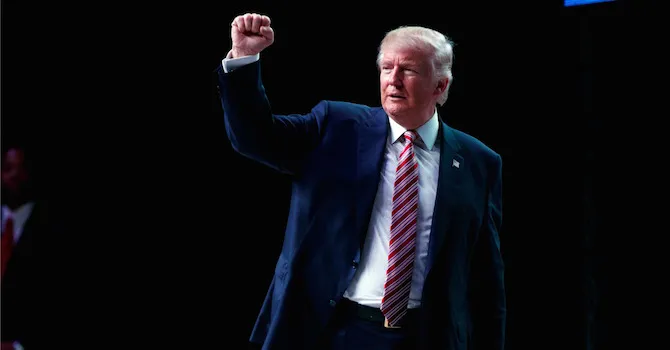Christmas is over, yesterday’s news. And the mass retailing community is scampering to assess its impact on sales, earnings and the future. For chain drug retailers, this holiday selling season, like so many before it, was acceptable, if hardly record-setting. As in previous years, America’s drug chains suffered from an absence of exciting new products and too heavy a reliance on basic merchandise.
As a result, the beauty category was forced to carry too big a burden for producing sales, as were such tired categories as giftware and the trim-a-tree assortment that shoppers increasingly look to other retailers to provide.
Now, the chain drug community has turned to 2016 with the hope that it will bring some excitement and innovation to a retailing segment that has operated without much of either for too long. The hope for a turnaround rests with a new group of leaders, the largest and most innovative this industry has seen in some time.
In no particular order, here are some new leaders who are expected to bring new ideas to chain drug retailing in America:
• Stefano Pessina — This global retailing innovator, who has thus far succeeded in revitalizing pharmacy retailing almost everywhere outside the U.S., is now turning his attention to Walgreens, a retailer he clearly heads as part of the Walgreens Boots Alliance empire he created earlier in this decade. The challenges he faces are numerous, but the most daunting one is steering two major drug chains — Walgreens and Boots — that differ from each other in virtually every conceivable way. Put another way, what works for Walgreens has never worked at Boots — and vice versa.
Atop this challenge is the expected closing — by midyear — of the retailer’s acquisition of Rite Aid, a drug chain with yet another operational approach to the customer. What this company will look like in a year or two is perhaps the biggest question in mass retailing yet to be faced in this century. However, it should be added that Pessina, as much as any retailing executive practicing the craft today, is the perfect choice to answer it.
• Helena Foulkes — The president of CVS is, like Pessina, the apparent perfect choice to bring new thinking and new ideas to a drug chain that has for too long relied on the old ways of doing things. And indeed she has already made some stunning changes, most notably updating the merchandise assortment with which CVS will compete going forward. Additionally, she has revitalized the approach the retailer brings to market while helping secure for CVS the leadership position it has established as a health care provider. Look for more innovations from Foulkes going forward, changes that will only enhance this already formidable drug chain.
• John Standley — The question surrounding Rite Aid’s chief executive officer turns more dramatically on his future than on the future of his company. Few doubt that Stanley has accomplished the impossible — returning Rite Aid to respectability. And no one who knows him well truly believes that Rite Aid was his last act, that he will now leave retailing behind. Question is: Where will he next turn up? The corollary question is this one: Who, in the retailing community, will be bright enough — and perspicacious enough — to attract him?
• George Riedl — Here, again, the traditional question is not the logical question. Riedl has just joined Walmart to oversee health and wellness at the world’s largest retailer. He brings with him extensive experience at Walgreens, which cannot help but benefit Walmart — provided Walmart is willing to listen to an outsider. Moreover, a gain for Walmart in some areas will probably mean a loss in others. Whatever happens, look for change — and excitement — at Walmart, both of which have been in short supply recently.
• All the rest — This category includes too many leaders to profile individually, but it will impact the entire mass retailing community in many ways. Foremost among them is the disappearance of barriers that once separated and clearly defined retail trade classes. Most important, the appearance of new leadership throughout mass retailing should make each trade class stronger and more competitive.
Thus, 2016 should be — could be — a fascinating year for mass retailing in America.







